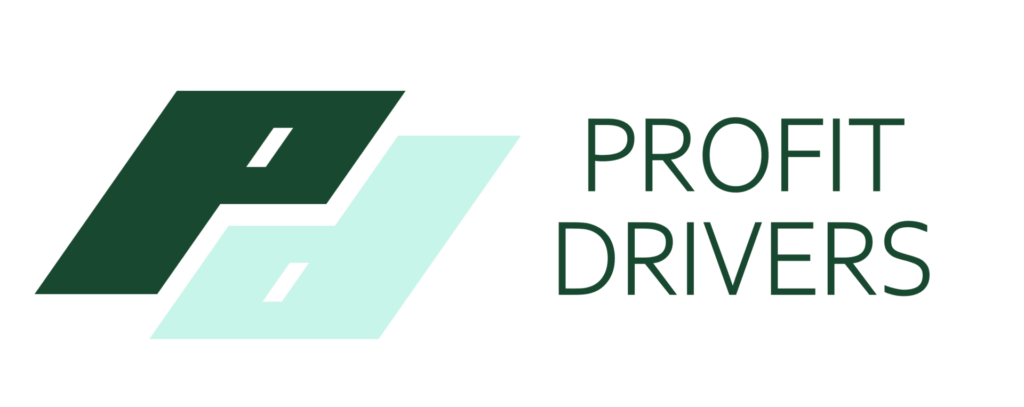What’s the Real Cost? Unveiling the Impact of Pricing and Cost to Serve on Profitability
The primary purpose of a business is to generate profit. To achieve and maximize profitability, companies must navigate the complex terrain of pricing strategies, discounting, and cost management. However, beneath the surface of these standard practices lies a structure often not fully understood or utilized by many companies: the Cost to Serve (CTS). This blog explores why integrating CTS with other financial tools and practices is not just beneficial but essential for businesses aiming for accurate profitability assessments and strategic decision-making.
Why Pricing Complexity Demands Attention
The journey from a product’s list price to its net price involves multiple adjustments. This process, known as the pricing waterfall, includes various deductions like discounts, rebates, and promotions. However, not all companies manage this complexity effectively. Misalignment in pricing strategies can distort the perceived profitability of products, leading to strategic missteps. Understanding the gross-to-net (GTN) reconciliation is crucial for accurate financial reporting and strategic pricing decisions.
The Hidden Depths of Rebates and Discounts
Rebates and off-invoice discounts are common tools used to incentivize buyers and foster loyalty. However, these tools come with their challenges:
- Off-Invoice Discounts: Applied directly at the point of sale, these discounts immediately affect the invoice price but are often not seamlessly recorded in financial systems.
- Rebates: Given retrospectively, they depend on various factors like purchase volume or compliance with sales agreements. The retrospective nature of rebates makes them particularly tricky to track and integrate into financial systems, with many companies resorting to manual tracking methods such as Excel spreadsheets.
This disconnection between sales strategies and financial recording creates a gap in the data that management uses to make informed decisions. The absence of this data from enterprise resource planning (ERP) systems means that potentially significant financial incentives are not reflected in the overall financial picture.
Cost to Serve: The Overlooked Metric in Profitability
Cost to Serve—the calculation of all costs incurred to service a particular customer or customer type—is a pivotal metric that many companies overlook. This metric includes both direct costs and overheads incurred in delivering a product or service to customers. Accurately calculating CTS is vital for understanding the true profitability of customer relationships, which influences strategic decisions such as pricing, market segmentation, and resource allocation.
Despite its importance, CTS is often not tracked adequately due to:
- Lack of Detailed Tracking: Many companies do not capture the granular data needed to assess CTS accurately.
- Reliance on Homegrown Solutions: Custom-built or basic tools like Excel are frequently used instead of more robust systems integrated with ERP solutions.
- ERP Shortcomings: Many ERP systems do not delve deep enough into data granularity to provide a clear picture of profitability metrics like CTS.
Integrating Solutions for a Clearer Financial Picture
The integration of pricing, rebate management, and CTS analytics into a unified system can transform a company’s understanding of its financial health. This integration helps bridge the gap between sales strategies and financial outcomes, providing a clear, comprehensive view of profitability across different customer segments and products.
Advantages of an Integrated Approach:
- Enhanced Visibility: Detailed insights into each component of the pricing and cost structure.
- Improved Profitability Analysis: More accurate data leads to better decisions regarding product pricing, customer relationships, and resource allocation.
- Strategic Decision Making: With comprehensive data, companies can strategically adjust their practices to enhance profitability.
Conclusion
The integration of detailed cost to serve calculations with rebate and pricing data in financial systems is not merely an operational upgrade—it is a strategic imperative. Business leaders should assess their current financial tracking and reporting systems and consider the benefits of a more holistic approach. By doing so, they can ensure that their business not only survives but thrives in the competitive market landscape.
Final Thoughts
In today’s complex economic landscape, staying ahead requires more than just keeping pace with competitors—it demands superior strategic insight and decision-making. To truly outpace the competition, businesses must integrate comprehensive financial tracking and analysis tools.
Understanding and implementing an integrated approach to Cost to Serve is critical. It’s not merely a tool for survival; it’s a strategy for growth and profitability. Embrace this approach now to unlock your business’s full potential. Don’t just keep up—lead the way with superior insight and smarter decisions. Reach out to Profit Drivers at info@profitdrivers.com or visit us at profitdrivers.com for more information.



